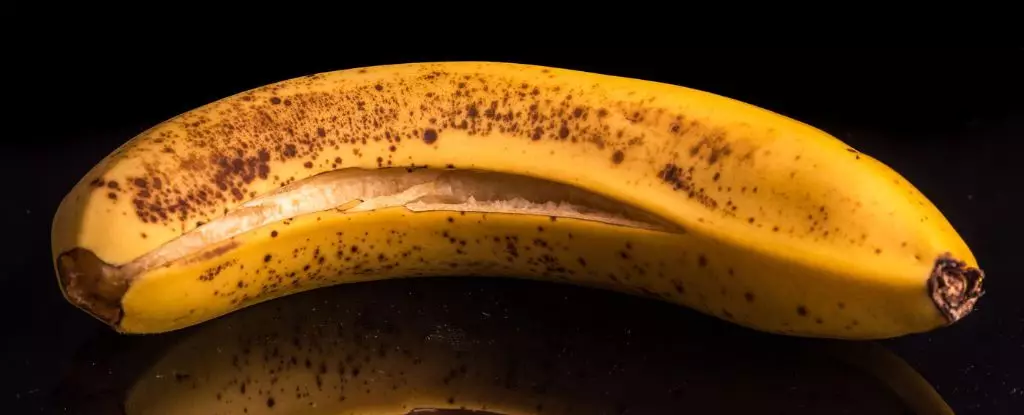In our daily lives, the act of peeling a banana often leads to a habitual act of tossing aside the peel, with little thought about what that discarded skin might be worth. It’s a barrier between us and an often-overlooked treasure trove of nutrients and culinary potential. A recent study conducted in 2022 has provided compelling evidence against the backdrop of common kitchen waste: banana peels can not only be safe to eat, but they can also transform the flavors and health benefits of our meals when utilized appropriately. This new perspective on an everyday fruit skin asks us to reconsider our ingrained perceptions of food waste and nutrition.
Nutritional Goldmine
The nutritional profile of banana peels is astounding. They are rich in fiber, magnesium, potassium, and antioxidants, which play an essential role in maintaining our overall health. The 2022 study paved the way for new culinary exploration by showing that banana peel flour can stand in for traditional flour in baked goods. When properly blanched, dried, and ground, this unconventional ingredient can produce delightful sugar cookies that surprise even the most skeptical tasters. In fact, consumer feedback indicated that cookies made with a modest 7.5 percent banana peel flour were not only palatable but reaped benefits in taste and texture too. This opens the door not only to baking but also to a myriad of cooking possibilities, inviting us to push the boundaries of conventional ingredients.
Flavor and Texture
One important lesson gleaned from the research is the delicate balance required when incorporating banana peels into recipes. Too much banana peel flour can result in an undesirable texture and flavor, leading to dried, dense cookies. Achieving that equilibrium presents a culinary challenge worth pursuing. However, the creation of new recipes using banana peels provides an opportunity for innovation in the kitchen. Just as the study’s findings suggest, the potential for expanding this practice beyond just cookies is immense—breads, cakes, and even pasta can benefit from the addition of this sustainable ingredient, leading to healthier meals while reducing waste.
Evolving Culinary Trends
Culinary experimentation is hardly new, yet the rise in popularity of unusual ingredients signifies an appealing shift in food culture that appreciates sustainability. Not only has the concept of eating banana peels gained traction in vegan circles, but food innovators are also showcasing banana peel as an alternative to meat, with creative recipes such as banana peel bacon and pulled peel ‘pork’. Celebrity chefs like Nigella Lawson are widening the appeal by integrating banana peels into complex dishes like curry, showing just how versatile the peel can be.
The Bigger Picture: Sustainability and Reducing Waste
Beyond the immediate benefits to health and flavor, turning to banana peels also has a significant environmental impact. The reality is staggering: about 40 percent of a banana’s weight is in its peel, leading to mass waste when discarded. Utilizing banana peels not only enhances our diet but also serves as a crucial step in addressing food waste—a growing concern in modern society. By finding innovative ways to use parts of fruits and vegetables often considered unworthy, we can take bite-sized steps in creating a more sustainable food system.
Taking it one step further, discussions around other fruit peels, such as mango skin, further cement the notion that these often-discarded elements of our food could provide both nutritional and organoleptic enhancements to many dishes. Research indicates that mango skin can enrich baked goods’ flavor and antioxidant properties, reinforcing the idea that we, as a society, should rethink our definitions of edible food.
Embracing the Unconventional
As we navigate through an era increasingly focused on health, wellness, and sustainability, embracing unconventional ingredients like banana peels reflects an exciting evolution in our dining practices. It challenges us to question our food choices and encourages creativity in the kitchen. So, the next time you reach for that banana, pause for a moment and consider the possibilities that lie in its peel. By making a habit of utilizing these overlooked parts of our food, we can enhance our health while also contributing to an environmentally responsible way of eating. Our culinary adventures shouldn’t just nourish us; they should also empower us to make more conscious decisions that benefit our planet.


Leave a Reply